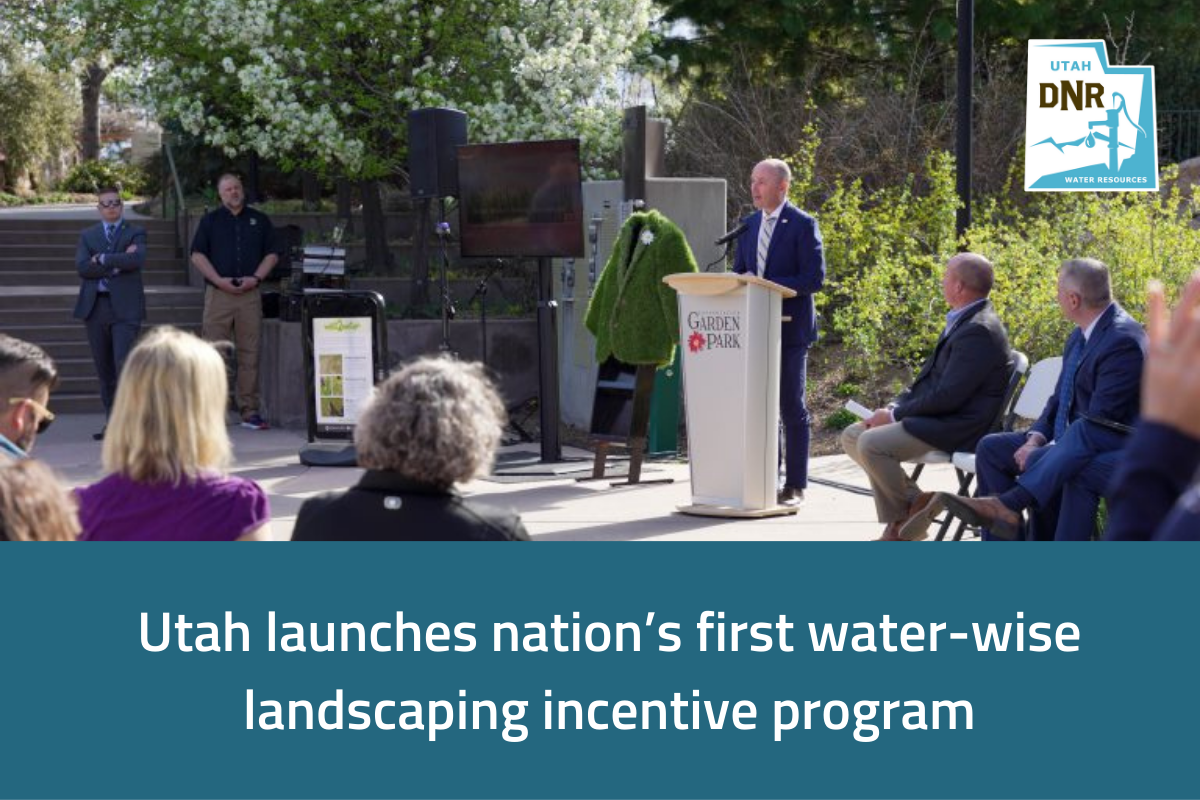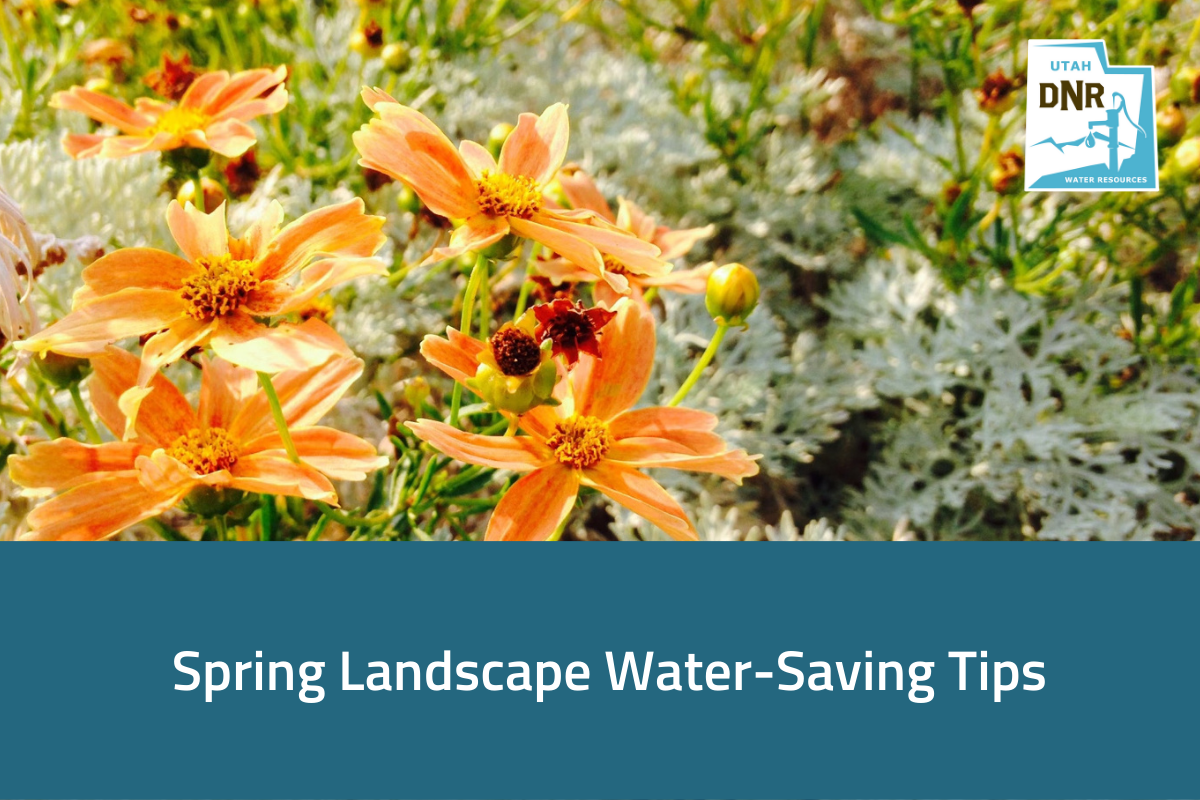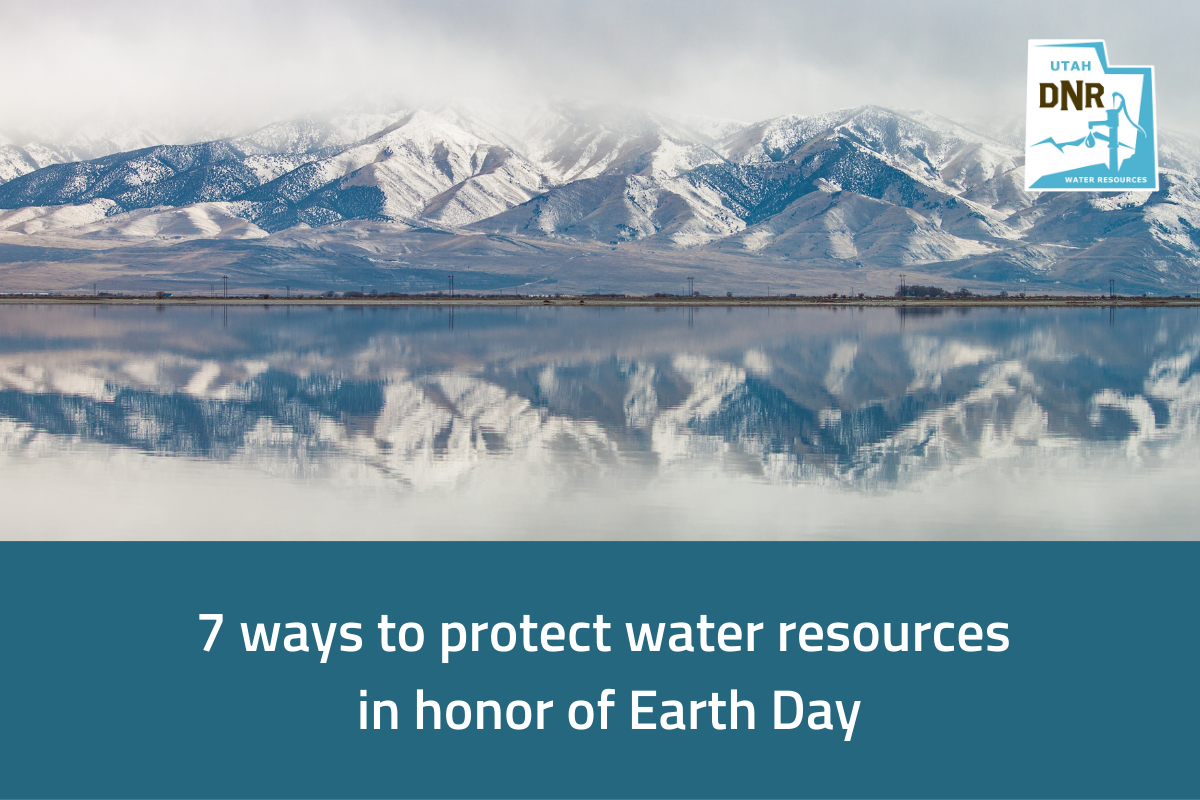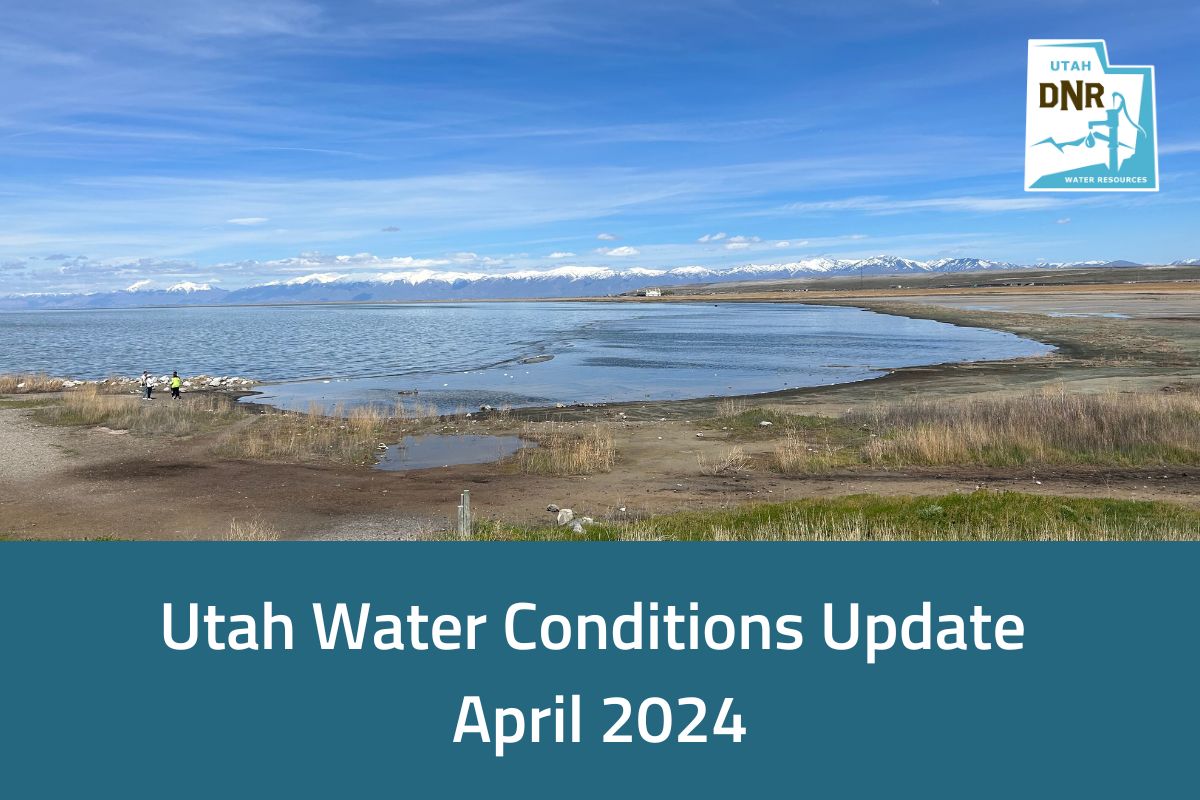West Jordan, UT (May 1, 2023) – Utah residents can now receive up to $3 per square foot when they replace their grass with water-efficient landscaping. The state of Utah is rolling out the nation’s first statewide landscape incentive program Monday, May 1, at 9:30 a.m. at the Conservation Garden Park, 8275 S. 1300 West, West Jordan.
The event will include remarks from Utah Gov. Spencer Cox, Rep. Doug Owens, Joel Ferry, executive director of the Utah Department of Natural Resources, Washington City Mayor Kress Staheli and Rick Maloy, Central Utah Water Conservancy District water conservation manager.
“We need to be more efficient with how we use our water supply,” said Gov. Cox. “We’ve made great strides in reducing our per capita water use, but we’re still one of the nation’s fastest-growing and driest states. We have to do more, individually and collectively. Replacing non-functional grass is a small step that makes a big difference.”
The state is kicking off a “Grass Doesn’t Belong Everywhere” advertising campaign, with one of the ads featuring Gov. Cox, which will be unveiled at today’s event. The new ads will appear throughout the state on billboards, social media spots and more.
“It’s a fun campaign on a serious topic,” said Gov. Cox. “Replacing grass that is only walked on when it’s mowed with water-wise plants, trees and shrubs decreases maintenance and reduces water use, which will help sustain our expanding economy and protect our environment.”
This incentive program received $3 million in ongoing annual funds and $5 million in one-time funding in 2023 from the Utah Legislature, and $5 million in one-time funds in 2022. State funds are available to property owners that live in municipalities that have adopted water efficiency standards, and will be matched in areas served by Central Utah, Jordan Valley, Washington County, and Weber Basin water conservancy districts. See the program fact sheet for more details.
“Similar to other desert communities, over half of Utah’s municipal water is used to irrigate landscapes,” Ferry said. “Utahns can get paid to replace thirsty grass with water-efficient landscaping, which will yield years of water and money savings.”
More information on the grass replacement incentive program and other money- and water-saving rebates is available online at UtahWaterSavers.com. The program varies regionally based on criteria established by individual water conservancy districts and the Utah Division of Water Resources. A list of cities that currently qualify for landscape incentives is posted online.
###
Media Contact
Kim Wells
(801) 803-0336
kimwells@utah.gov
ABOUT THE DEPARTMENT OF NATURAL RESOURCES The Utah Division of Water Resources is one of eight agencies and two offices under the Utah Department of Natural Resources. Water Resources administers the state’s water conservation programs and statewide rebates. DNR is one of the state’s largest agencies and helps ensure the quality of life of Utah residents by managing and protecting the state’s natural resources.




